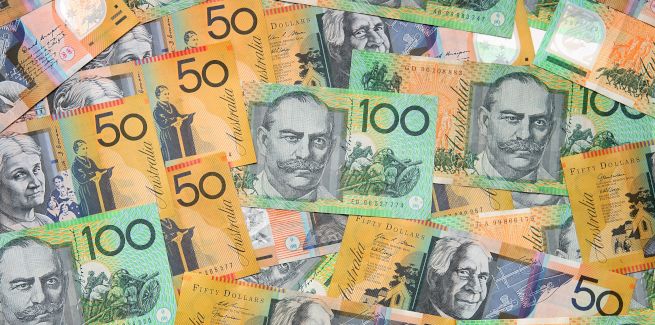According to the latest data from the Australian Bureau of Statistics (ABS), state and local governments collected $30.3 billion in property taxes over the 2017-18 financial year, up 6 per cent from $28.6 billion in the previous financial year and increase of $9 billion over the past five years.
The data revealed that property taxation made up 14 per cent of state government revenue over the 2017-18 financial year and was the sole source of revenue for local governments.
Reflecting on the figures, Property Council of Australia CEO Ken Morrison called for a revision of taxation arrangements in order to reduce housing affordability constraints.
“Property taxes such as stamp duty are inefficient and make housing much less affordable,” he said.
“They can account for anywhere up to one-quarter of the cost of a property purchase in our major cities.
“Property taxes are a sugar hit for state and local government when markets are booming, but they can also eat into budget bottom lines when the markets cool, as we’re now seeing in Melbourne and Sydney.”
Mr Morrison added: “We need a roadmap for reform in the medium term that focuses on taxes [that] are productive, competitive and sustainable.”
The ABS data comes amid strong criticism of the federal Labor opposition’s cap housing policies, which include a proposal to limit negative gearing to new housing and halve the capital gains tax concession from 30 per cent to 15 per cent.
Property industry stakeholders have expressed concern over the impact of such changes to the housing market amid continued weakness in demand and falling dwelling values.
Labor’s policy modelling has also been questioned by stakeholders, with chairman of the Property Investors Council of Australia Ben Kingsley casting doubt over the accuracy of the data.
The opposition recently announced that if elected to government, its taxation changes would come into effect in January 2020.
[Related: ALP’s negative gearing policy questioned]

